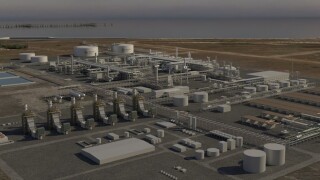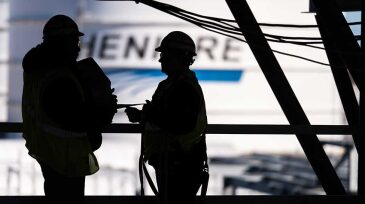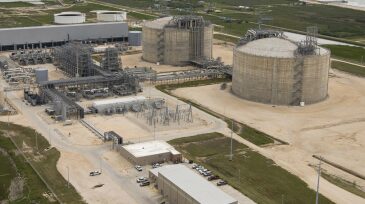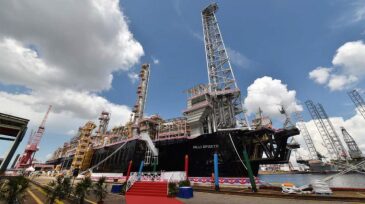LNG
Project financing raised by JP Morgan will enable YPF and its partners Eni and ADNOC’s XRG to launch Phase 2 of Argentina LNG, boosting production to 18 mtpa by 2030–2031.
The Gorgon Phase 3 project aims to counter declining reservoir pressure to sustain gas supplies to Western Australia’s domestic market and support LNG exports to Asia.
By resuming work on the Rovuma LNG project, ExxonMobil tees up a final investment decision expected in 2026 as East Africa’s LNG hub begins to take shape with three separate projects now in construction.
-
The Petroleum Safety Authority Norway launched an investigation into an LNG leak at the Hammerfest LNG plant on 17 June.
-
Cheniere Energy requested issuance of the feedstock permit from FERC by 29 June. The FID for Train 3, estimated at approximately $3 billion, was announced last month. Bechtel got the green light to proceed with EPC work, subcontracting with BHGE for the gas turbines to drive compressors.
-
A new report from GIIGNL shows increased liquefaction capacity in Australia and the US as the key drivers in LNG supply growth, while Asia has been the leader in global LNG import growth.
-
Although the FLNG concept has been around for decades, only three units are in the water and operational or under commissioning as of 2018. As the mitigation of technological risks is demonstrated, commercial risks become the focal point and the challenge to financing the capital-intensive projects.
-
TechnipFMC confirms the December shipment of LNG from its new facility in northern Russia, one of the largest integrated LNG projects in the world.
-
Despite a dip earlier in the year, natural-gas prices remained steady over 2017, averaging $2.99/million Btu. … Early 2018 has been a different story, however, with natural-gas prices already hitting a couple of peaks (of greater than $5/million Btu according to the Henry Hub Spot Price history).
-
Offshore oil-exploration drilling and testing are key for the production of oil; however, a number of associated challenges, particularly the handling of associated gas, must be overcome.
-
ExxonMobil will lead the construction and operation of all future natural gas liquefaction and related facilities and assume midstream operations in Mozambique’s Area 4. Eni will continue to lead the Coral floating LNG project and all upstream operations.
-
The US Energy Information Administration reports that increased liquefaction and utilization from new facilities has led to a jump in LNG exports in 2017.
-
Total is making an LNG push by spending up to $2 billion for assets belonging to fellow French firm Engie.













